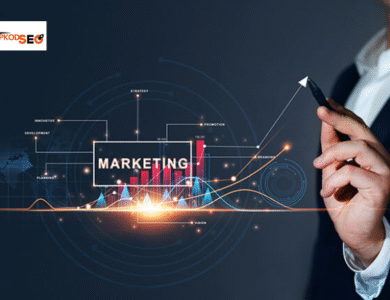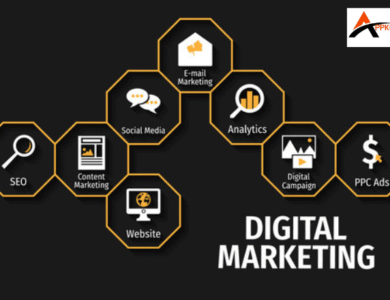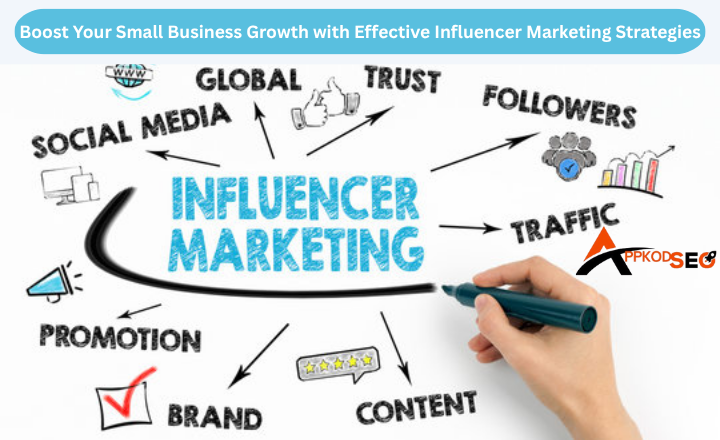
Small businesses need smart ways to grow fast. Influencer marketing is one of the most powerful tools today. It builds trust, boosts brand awareness, and drives sales and the right influencer can connect you with your perfect audience.
In this guide, we’ll explore practical influencer marketing strategies tailored for small businesses, so you can start building powerful connections and see real results.
What is Influencer Marketing?
Influencer marketing uses trusted personalities to promote products or services. It goes beyond traditional ads by tapping into the influencer’s loyal following. Their authentic voice makes recommendations feel genuine, not forced. This personal connection can spark curiosity and drive action faster than standard marketing.
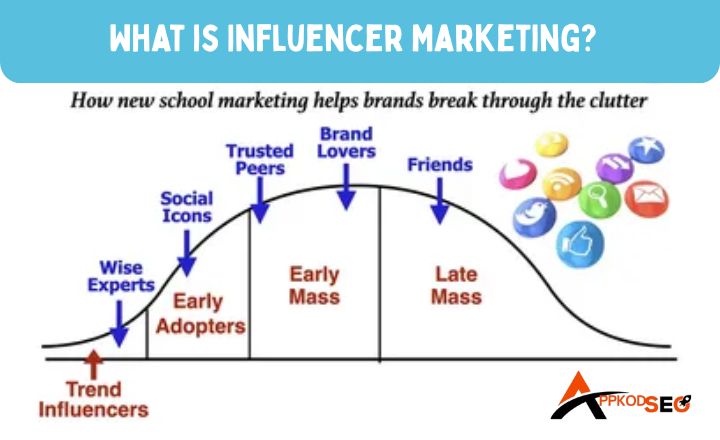
Brands work with influencers of all sizes, from niche experts to internet celebrities. The goal is to reach new audiences in a relatable way. In 2025, influencer marketing is more data-driven, focusing on meaningful engagement over sheer follower count.
The Role of Influencers in Small Business Growth
Small businesses often struggle to get noticed. Influencers bridge that gap by sharing small brands with their dedicated communities. A single post or story can bring instant credibility and fresh eyes to a business.
Micro-influencers, in particular, offer high trust and affordable partnerships for startups. They help build word-of-mouth buzz and foster loyal customers. Influencer collaborations also give small businesses access to creative content and feedback. This approach levels the playing field with bigger competitors.
How Influencer Marketing Works in 2025
In 2025, influencer marketing is smarter and more transparent. Brands use AI tools to match with influencers who truly align with their values. Performance metrics go beyond like think audience sentiment and real sales impact.
Short-form video remains king, but interactive formats like live shopping are on the rise. Authenticity is key; fake followers and scripted promos are quickly spotted and ignored. Influencer campaigns now blend seamlessly with other digital strategies, creating a full-circle customer journey.
Types of influencers by niche or sector
- Food Influencers Share recipes, reviews, and cooking tips.
- Lifestyle Influencers Cover daily routines, home, and life hacks.
- Fitness Influencers Focus on workouts, health, and motivation.
- Beauty Influencers Review makeup and skincare products.
- Travel Influencers Share destinations and travel tips.
- Tech Influencers Test gadgets, apps, and software.
- Kid Influencers Review toys and kid-friendly items.
- Fashion Influencers Style guides and clothing reviews.
- Gaming Influencers Stream games and share reviews.
Why use influencer marketing?
Influencer marketing is an incredibly effective way to boost your brand, and many companies are already reaping the benefits also with some of these network platforms should be a core part of your marketing strategies.

The 2024 Influencer Marketing Report reveals that nearly half of consumers (49%) buy something at least once a month because they saw it promoted by an influencer. It’s no surprise that this industry is projected to soar to an impressive U.S. $33 billion by 2025, according to Statista.
Here are a few more compelling reasons why incorporating influencers into your marketing strategy could be a game changer for you.
Increased Brand Awareness
Influencer marketing can skyrocket your brand visibility. Influencers already have a loyal following that trusts their opinions. By partnering with them, your brand gets in front of a broader audience effortlessly.
It’s like having a megaphone that reaches potential customers who may never have encountered you otherwise. As influencers share your products or services, your brand becomes part of their narrative, making it more relatable and accessible.
Precise Audience Targeting
Influencers often cater to niche markets. This allows brands to connect with specific demographics effectively. Instead of casting a wide net, you can pinpoint exactly who you want to reach. Whether it’s fitness enthusiasts, tech lovers, or beauty aficionados, there’s an influencer for every segment.

This targeted approach ensures your message resonates with those most likely to engage with your brand. It’s about quality over quantity; fewer but more engaged followers can lead to better results.
Higher Conversions
When influencers endorse your product, they create a sense of urgency and desire among their followers. Their authentic recommendations can drive immediate action, leading to higher conversion rates. This is because consumers are more likely to trust peer recommendations over traditional ads.
When someone they admire promotes your brand, it feels like a personal recommendation. This kind of influence can turn casual browsers into loyal customers, boosting your sales effectively.
Building Trust and Authenticity
Trust is the cornerstone of successful marketing, and influencers excel at building it. Their followers see them as relatable figures rather than corporate entities. When influencers share their genuine experiences with your brand, it fosters authenticity.
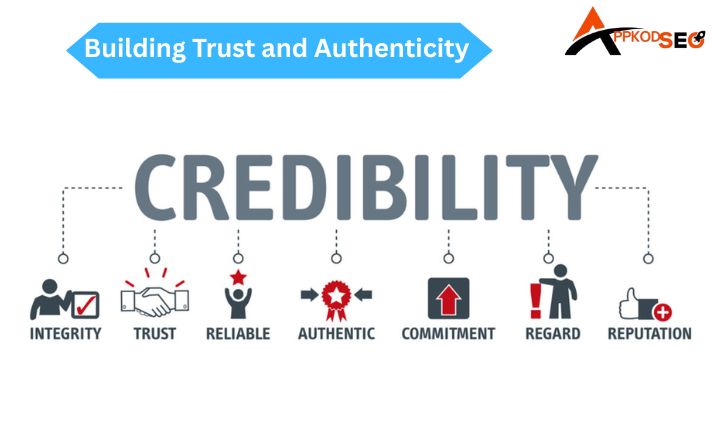
Consumers are savvy; they can spot insincerity from a mile away. But when an influencer talks passionately about your product, it creates a bond of trust that advertising alone can’t achieve. This authenticity not only strengthens brand loyalty but also cultivates long-term relationships with consumers.
How To Create An Influencer Marketing Strategies In 5 Steps
1. Find influencers and understand their payment structure
Start by identifying influencers who resonate with your niche. Look beyond follower counts; engagement rates tell a more meaningful story. High engagement often means a loyal audience, which is what you want.
Some may charge a flat fee for posts, while others prefer commission-based models or product exchanges. This clarity helps you plan better and aligns expectations from the start.
2. Set a budget and management strategy
It’s time to set a budget that reflects your marketing goals. Factor in all costs: influencer payments, product samples, and any additional promotional expenses.
A well-defined budget keeps you on track and prevents overspending. A solid management strategy ensures smooth collaboration and timely communication.
3. Decide on campaign goals and messaging
Be specific about your goals. Clear objectives guide your messaging, so keep it simple and consistent. A focused message resonates better with audiences and enhances campaign effectiveness. Remember, authentic communication can lead to genuine connections.
4. Establish influencer outreach
Once you have your targets, it’s time to reach out. A friendly email or DM can work wonders. Start with a brief introduction and express why you think they’re a perfect fit for your brand.
Personalizing your pitch shows that you’ve done your homework and value their unique style. Keep it light but professional nobody likes a hard sell. Building rapport here can lead to fruitful partnerships.
5. Review and refine your strategy
Analyzing performance metrics helps you understand the impact of your efforts. Use these insights to refine your future influencer marketing strategies.
Continuous improvement is key to growing your brand’s presence and maximizing ROI. Remember, every campaign is a learning opportunity.
Influencer Marketing Mistakes To Avoid
- No clear goals or KPIs.
- Choosing follower count over engagement rate.
- Not researching the influencer’s past work.
- Giving vague or unclear briefs.
- Limiting their creativity too much.
- Not setting clear timelines and deliverables.
- Tracking likes only instead of real conversions.
How To Track Influencer Marketing Campaigns
Use unique promo codes or UTM links. Check analytics for clicks, sales, and engagement. This shows if the partnership is working.
E-commerce Influencer Marketing
E-commerce influencer marketing is transforming the way brands connect with consumers. By partnering with influencers, companies can tap into their established audiences with Agence Influence Marketing Valueyournetwork , gaining trust and authenticity that traditional ads often lack. It’s not just about endorsements; it’s about storytelling.
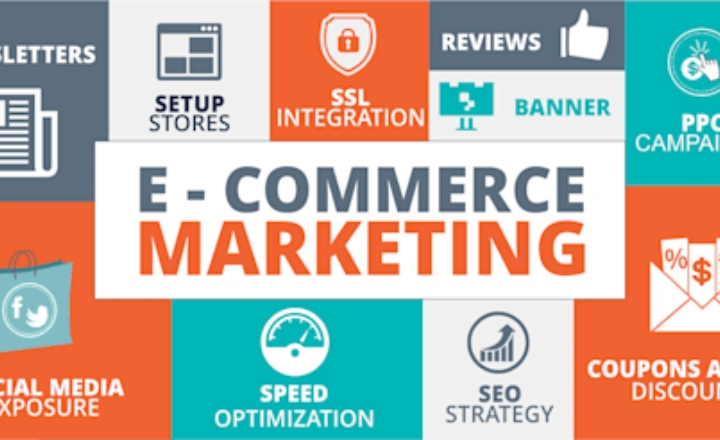
Influencers share personal experiences and recommendations, making their audience more inclined to try new products. This organic engagement leads to higher conversion rates, as followers are often swayed by genuine enthusiasm rather than polished advertising.
Live Shopping
Live shopping takes e-commerce to the next level by blending entertainment with instant purchasing. Imagine watching an influencer showcase a product in real time while you can buy it with just a click. This format creates a sense of urgency, as viewers don’t want to miss out on limited-time offers or exclusive items.
Live interactions allow influencers to address viewer questions on the spot, enhancing customer confidence and satisfaction. Brands can leverage this trend to create memorable shopping experiences that resonate with consumers long after the stream ends.
Product Seeding
Product seeding is a smart strategy for brands looking to build buzz without breaking the bank. By sending free samples to influencers, companies invite honest feedback and reviews that can amplify their reach.
This low-cost method not only fosters goodwill but also generates authentic content that potential customers appreciate. When influencers share their genuine reactions, it feels less like advertising and more like friendly advice. This approach helps small businesses compete with larger brands by leveraging the power of word-of-mouth marketing in the digital age.
Shopify Influencer Marketing
Integrating influencer traffic into your Shopify store can be a game-changer for driving sales. With tracking tools, brands can easily measure the impact of their influencer partnerships and understand which collaborations yield the best results.
This data-driven approach allows businesses to refine their marketing strategies, ensuring they invest resources wisely. Plus, influencers can create unique discount codes for their followers, making it easy to track conversions while providing added value to their audience.
4 examples of successful influencer marketing campaigns
1. Topicals
Influencer trips have become a common practice in the beauty world, and Topicals, a skincare brand, recently organized a getaway in Bermuda to mark their third anniversary. While stunning photos from such beautiful locations are great for social media, it’s the unique approach of this campaign that really sets it apart.
What makes Topicals special is that they are the first beauty brand to organize a fully BIPOC focused influencer trip and to include smaller creators in the mix. They invited a diverse group of 18 influencers, including reality star Dami Hope, esthetician Sean Garrette, and lifestyle creator Ishini Weerasinghe.
Many of these influencers had never attended a brand trip before. According to Topicals, this trip generated an impressive 3 million impressions and added 5,000 followers across TikTok and Instagram.
This initiative not only highlights the importance of representation in influencer marketing but also demonstrates how brands can successfully engage with their audience by supporting diverse voices. It’s a refreshing take on influencer marketing campaigns and shows how thinking outside the box can lead to real results.
2. Gymshark
Gymshark has a dedicated team that looks for influencers to showcase their gear. If you spend some time on TikTok or Instagram, you’ll come across many of their brand ambassadors, called Gymshark Athletes, flaunting their latest purchases and sharing discount codes with their followers.
The main point here is that having brand ambassadors is a great way to highlight special deals and present products in a genuine way, which ultimately boosts sales.
These try-on sessions let viewers picture themselves in the outfits and create a space for followers to ask questions about sizing, fit, and material. Plus, this approach opens the door for more user-generated content, helping the brand reach even more people.
3. Joybird
You can’t really talk about influencer marketing in 2023 without mentioning the buzz created by the Barbie movie. Joybird teamed up with content creator ChrissaSparkles to showcase their Barbie™ Dreamhouse™ furniture line. She not only made sponsored videos but also shared some fun content from Joybird’s showroom.
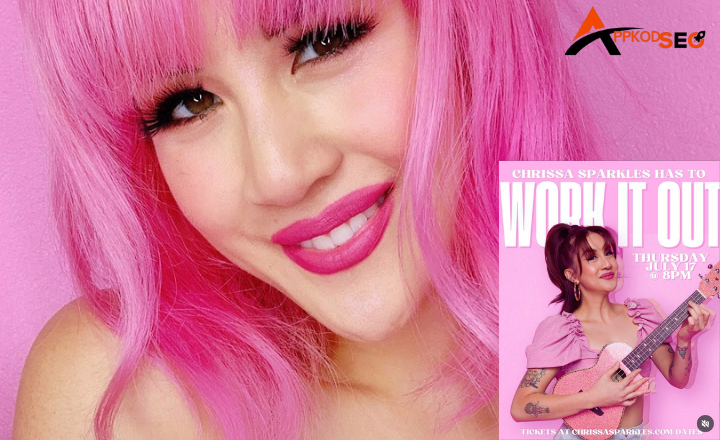
ChrissaSparkles is a great match for this collaboration because she has that Barbie vibe down. She loves pinks and pastels, brings a sense of humor, and has an eye for vibrant home decor and stylish outfits.
Plus, she’s a multi-talented individual; she’s a performer, designer, and even a pilates instructor. One of her popular series features her portraying different Barbies, like her hilarious “Only Child Barbie.”
This partnership is a fantastic example of successful influencer marketing campaigns, showcasing how brands can connect with audiences through relatable and engaging content.
4. Dove
In 2022, Dove took a big step by growing its community of influencers to promote its core values of inclusivity and body positivity. The brand earned a Shorty Award for its effective use of micro-influencers through several standout campaigns like PassTheCrown, DetoxYourFeed, ReusableIsBeautiful, and Baby Dove’s OneRealPressure.
These influencer marketing efforts really paid off on Dove’s social media, racking up over 1 billion impressions and surpassing all their key performance goals. They saw a 20% increase in engagement, which meant they not only met but exceeded their targets for the year.
The main lesson here is clear: campaigns that involve micro-influencers can be just as powerful and effective as those featuring influencers with much larger audiences. It’s a great reminder that success in influencer marketing doesn’t always rely on big names; sometimes, smaller voices can make a significant impact.
Conclusion
Teaming up with the right influencers who resonate with your brand can work wonders. It not only boosts your visibility but also builds genuine trust with your audience in a fun and creative way. To make the most of these partnerships, though, you’ll want to have the right tools at your disposal.
Influencer marketing tools can guide you in figuring out what kind of collaboration will work best and help you connect with the perfect influencers for your campaign. So, whether you’re looking to run a giveaway or create engaging content, having the right resources can really make a difference.
FAQ’s
Why should my brand use influencer marketing?
Using influencer marketing can help you reach a larger audience quickly. Influencers have built trust with their followers, so when they recommend your brand, it feels more genuine.
How do I choose the right influencer for my brand?
Look for influencers whose values align with your brand and who engage with an audience that matches your target market. Check their engagement rates and see if their style fits your brand’s vibe.
What types of content do influencers create?
Influencers can create a variety of content, like photos, videos, blog posts, or even live streams. The key is to choose a format that resonates with their audience while showcasing your product effectively.
How much does influencer marketing cost?
Costs can vary widely based on the influencer’s reach and engagement. Some may charge hundreds, while big names could ask for thousands. It’s all about finding someone who fits your budget and goals.
How can I measure the success of an influencer campaign?
You can track success through metrics like engagement (likes, comments), reach (how many people saw the post), and conversions (sales or sign-ups). Setting clear goals beforehand helps you know what to look for.
Can small businesses benefit from influencer marketing?
Absolutely, Small businesses can collaborate with micro-influencers who have dedicated followers. These partnerships often feel more personal and can be very effective for reaching niche markets.
What’s the biggest mistake to avoid in influencer marketing?
One big mistake is not being authentic. If an influencer doesn’t genuinely believe in your product, their audience will see right through it. Always aim for genuine partnerships where both sides benefit.

